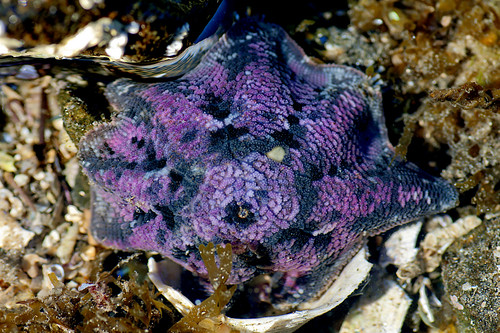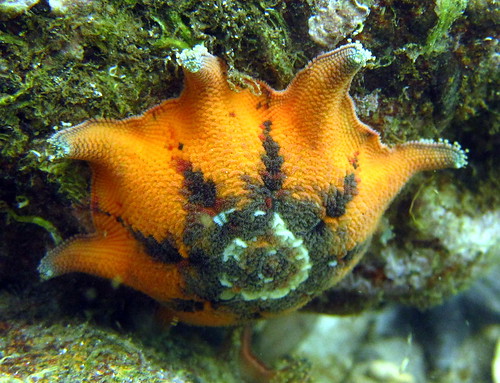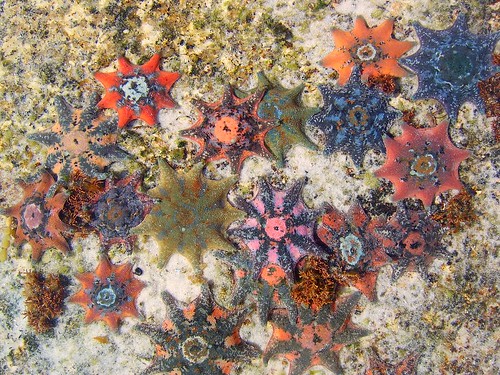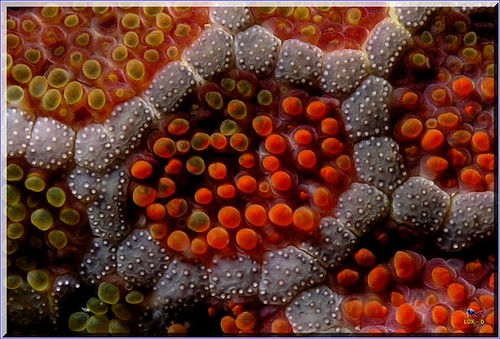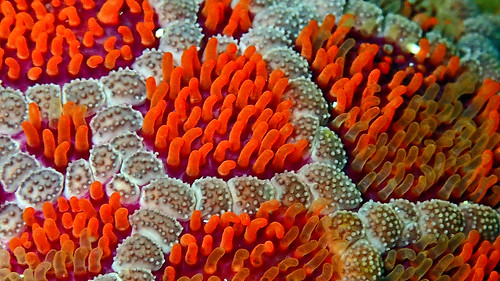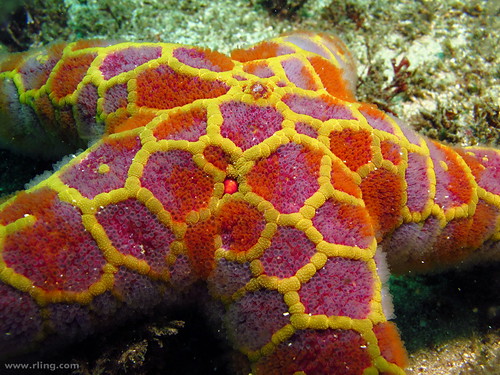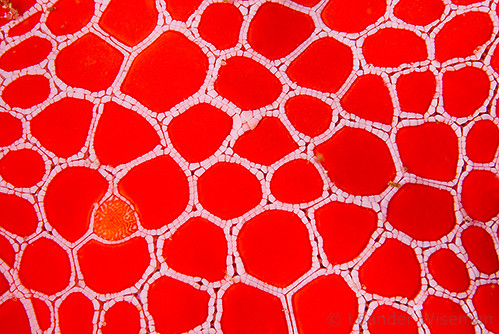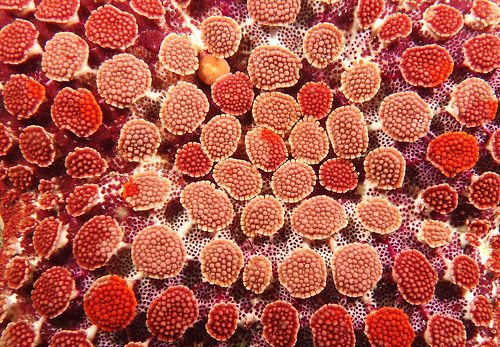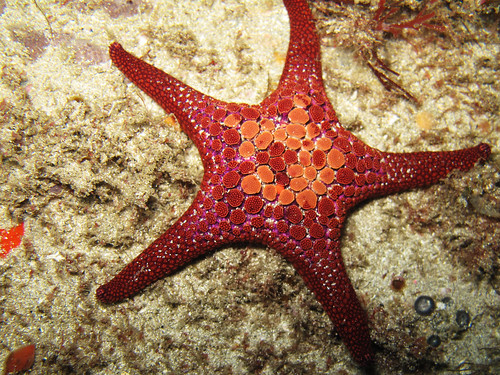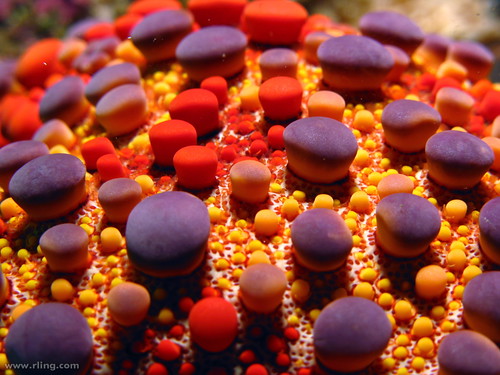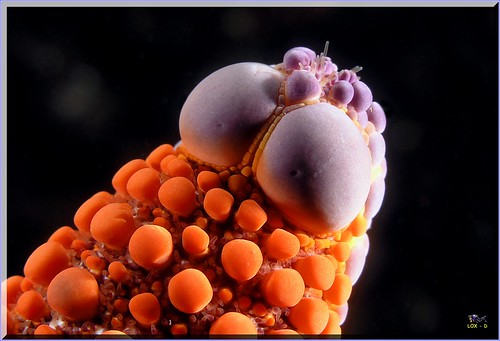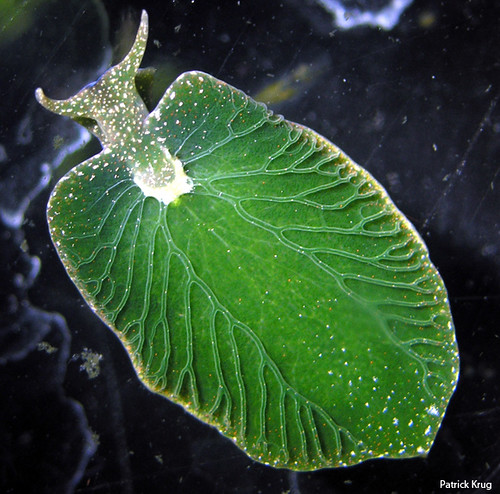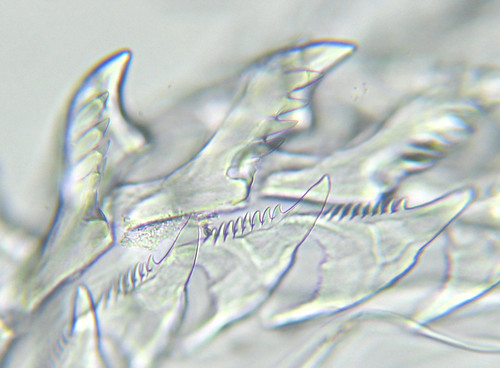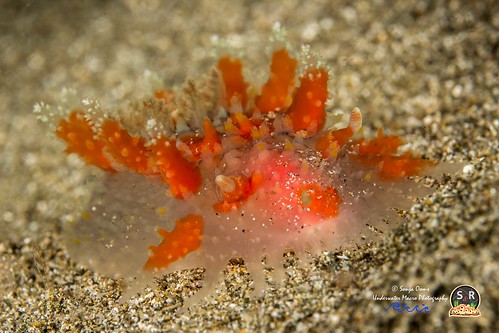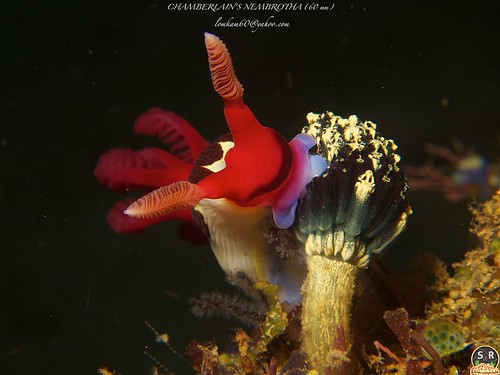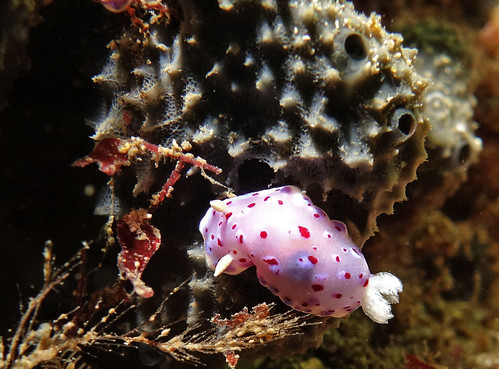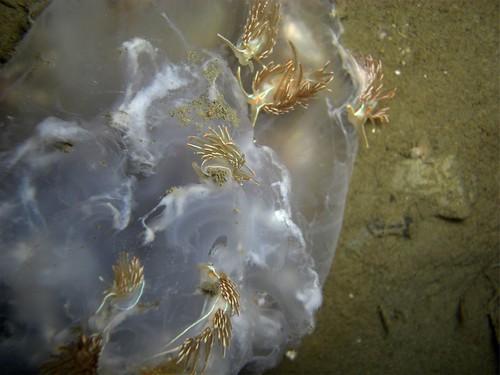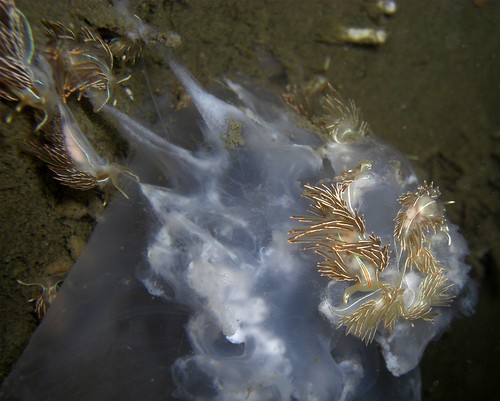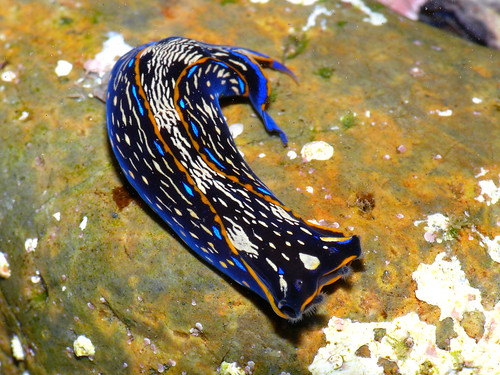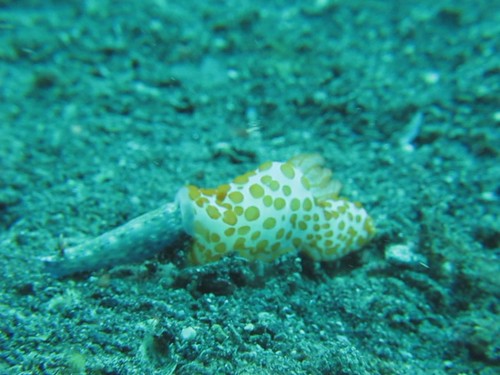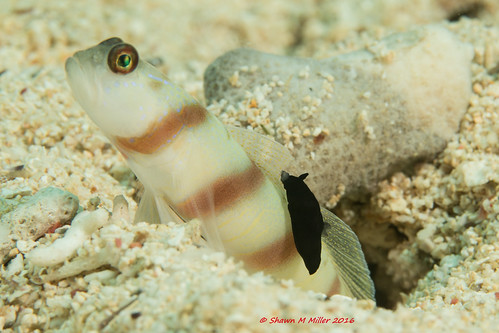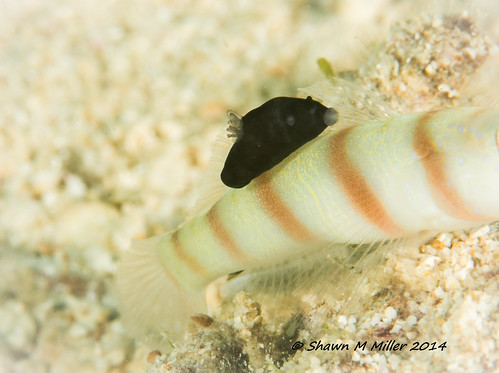GREETINGS! And my apologies for the long silence over the last few weeks: a little bit of time to recharge the batteries and a little bit of frantic insanity as the fall began! So, this week I am back!
There's been a fair amount of news about taxonomy lately, so I thought I would embellish with some "behind the scenes" knowledge that might not have been evident simply from the news reports themselves...
Just so that we're all on the same page, here's some general information about the naming of new species.
There are actually a set of internationally recognized CODES (i.e. rules) for describing species and governing their use. These codes are overseen by
and although they are not much more than a regulatory organization, they do try to keep everything from going taxonomic kablooey!
Basically, it is these rules that dictate HOW a lot of organisms in the world get scientific names. So, simply SAYING that a new organism is called "A blue Baboo Fish" won't cut it. It actually has to be supported by evidence and published in a PEER-REVIEWED journal and given a proper scientific name in the proper format (in Latin, etc.). ONLY THEN is such a name considered valid.
Common or popular names (e.g., "blue tang" or "cushion star") have their uses but ultimately, scientists depend on the specific context of having a unique identifier associated with a particular organism. Mainly because common names are EXTREMELY variable.
BUT a number of other rules are also at play in order to keep the process of naming new species orderly...
Have you ever noticed that there's often a significant time lag between the time someone ANNOUNCES that they have DISCOVERED a new species and the time that new species is ACTUALLY described??
That's because the name is not "official" until it is actually published in a scientific journal. If for some reason, the name is actually published
before the proper scientific documentation is released to accompany it, the name becomes what is called a
nomen nudum which is Latin for "naked name."
So, for example, many
probably saw the news that there was a fish species named in honor of President Obama (here), who dramatically expanded the Papahānaumokuākea Marine National Monument.
Note that while some accounts actually went so far as to cite the genus name (
Tosanoides) nowhere will you find the FULL name until its published in the literature. Is it a liberal conspiracy? NOPE. Its Taxonomy!
If they actually announced the full species it would create a
nomen nudum, which is kind of like the taxonomic equivalent of a time-space anomaly from Star Trek. That means there's a proper scientific name flying around WITHOUT a proper scientific description.
When written out completely, the full format of valid scientific names display a reference to the original author and date of the paper which described it. Thus, the full name of one of my species
"
Circeaster arandae Mah 2006" refers to a paper in 2006 in which I described the species
Circeaster arandae.
Getting back to the
nomen nudum however, Note that this does not necessarily invalidate the name. But it does open the name up for other unscrupulous (or unknowing) individuals to inadvertently use the name, thus "taking away" the name from the author's original intent. (or in the worst case, stealing the name from the original author).
Another real example...You might have seen this little guy for example. A new species of dumbo octopus that
one of my colleagues Stephanie Bush is working on out at MBARI/Monterey Bay Aquarium. In an interview she alluded to the fact that the animal is SO cute that she might call it "adorabilis." She called it that informally as part of an interview but the media took the name and pretty much made it stick.
SO many news outlets have now used this name that it has turned up everywhere..but it has NOT been described or published in a scientific journal as of this date (Sept. 2016). This is not strictly a
nomen nudum but conceivably, someone might mistakenly cite it in a scientific journal somewhere.
If that happens, then BOOM. It has entered the literature. This still does not mean that Dr. Bush cannot use the name..but it DOES mean that if someone else happens to use the species name "
Opisthoteuthis adorabilis" that will "steal" the name away from her because ANOTHER scientist will have justified a species using that name in compliance with the ICZN code..
If by chance the name was published TWICE and in proper compliance by BOTH authors then a new situation arises. In that case
the name published first has priority... A great segue into a discussion of SYNONYMY...
Synonymy aka Why you have to be careful if you "bought" a new speciesProbably one of the most important of the codes in the ICZN is that of "priority" which basically states that the OLDEST (i.e. the FIRST) name established for a species is the correct one. All subsequent names of the SAME species are essentially considered redundant and their use is suppressed once that assessment is made (but there are exceptions on occasion-better explained at another time).That seems pretty straightforward. But in truth, it can get pretty unfairly brutal.
There's a LOT of new species that are named in "good faith", sometimes even with very strong data that for whatever reason are ultimately deemed to be "redundant" and are suppressed in the literature.
So that means if someone described a new species with a shoddy (or in some cases, almost NO details) description-but it was ADEQUATE, followed by a second description that was just an objectively BETTER account, that FIRST author gets credit and the other species get put into the list of "redundant names" aka the synonymy.
While this consideration is always important, one of the biggest trends this becomes relevant for is the "Buy a new species name" thing that has been done recently to raise funds for further research, or otherwise charitable causes...
Scripps Institute of Oceanography advertised the honor of naming a new species for $5,000 (see worm below as an example) whereas
other places have gone over into bidding wars over $7,200! This
ebay auction won the rights to name this new species of moth for $12,600.00So, someone who is NOT a scientist can easily get the rights to name a new species or even name a new species AFTER you as a gift....but its always possible that the name you give it, whether your own or someone else's, could eventually be synonymized by another person in the future because of some unknown specimen or just better understanding of the species in the future.
Now, granted, there tends to be LESS of a chance of that happening depending on how much work the scientist doing the work has done and depending on what kind of data supported that new species in the first place, especially with molecular data.
But its STILL possible, sometimes even if nothing was done wrong... Science is an ongoing process and although taxonomy has kind of a reputation for being a bit stogy the truth is that it IS quite dynamic and taxonomic changes are common place (much to the annoyance of those who use species names!)
Can you name a new species from a picture?Okeanos Explorer is a research vessel operated by NOAA that broadcasts LIVE streams of its deep-sea research over the internet. I'm one of the "shoreside talent pool" which answers questions from the scientists on the ship AND from the public. (see #Okeanos on Twitter for some of my live-tweets from the dive).
A question that came up recently from my last
Okeanos round,
was whether or not a new species could be described ONLY from a picture or video rather than a specimen???Uh.. No and yes.
For MOST (nearly all) cases, some kind of voucher is necessary. Why?
Because we require EVIDENCE to describe a new species. Measurements. Observations of the skeletal (or non-skeletal) structure. Analysis of different features.
DNA. Any one of thousands of kinds of data which permit us to carefully contrast the known species of organisms from one another.
At the very least, a specimen must be examined so that we can carefully discern why its gross morphology is different from other similar species.
These specimens are conserved. They are saved in museums for future generations to reference and retained for hundreds of years.
HOWEVER. In some RARE instances, there IS an allowance for new species to be described ONLY from a picture. It used to be invoked for exceptional cases-rare and endangered species for example.
But just a FEW months ago Neal Evenhuis at the Bishop Museum in Hawaii made the case that
in some cases, a photo ALONE is enough to describe a new species-given PROPER evidence. (Scientific paper is here)We live in an era with increasingly high-resolution imagery, sometimes SO good that even the minutest details can be made out without physical examination. Millions of images of a biodiversity survey can be brought back on a drive the size of a large coin.
![]()
The octopus seen by
Okeanos was
identified because it was an "incirrate" octopus (as identified by NOAA researcher Mike Vecchione) which had NEVER been seen at that depth before. Almost certainly a new speciesThe conservative scientific approach in publications would be to indicate it IS a new species but without a proper name (e.g.,
Octopus n. sp. 1)
BUT it can't be properly characterized because a LOT of octopus characters are internal and require direct comparison (unlike the South African bee example above which COULD be identified and characterized).
Also, while unlikely, its POSSIBLE that there is a specimen of this animal somewhere in a museum somewhere in the world which has already been published. Without reconciliation of all these disparate factors, one risks creating redundant names which are essentially permanent and creating possible confusion.
Thus, identifying a species directly from ONLY a picture would be more direct but not as thorough and does not give us enough data to properly assess it. But yes, there are exceptions.
Identifying species only from pictures also invites the possibility of abuse and reckless taxonomy which could impede and hopelessly confuse the work of legitimate scientists during a time when there is a dire need for workers to be be studying Earth's biodiversity...
Species named after celebrities & pop culture? What's up with that? ![]() |
| from http://novataxa.blogspot.com/2012/10/2012-yoda-acorn-worm.html |
Scientific names as outlined in the Zoological codes are always supposed to be in Latin. A dead language that nobody speaks any longer. This used to be a scholarly language that was widely used among educated people.
This also made scientific names pretty straightforward.
I've documented the word origins of MANY starfish species before (such as here) Some make great stories in and of themselves Most scientific names are based on descriptive terminology. So, for example, the name
Acanthaster , which is the scientific name of
the Crown of Thorns starfish (learn more about this genus here),
literally translates into "thorny star" from the Greek
acanth- and the Latin -
aster meaning star. Many of these names were sort of an open book...
But there has been a LONG tradition of naming species AFTER people, places and things to honor them. Both genera AND species. Some of the oldest and best known genera are named for the
"noted scientist of the day", for example Luidia-the starfish is named for Edward Lhuyd who called himself Luidius.Although you would think that naming a genus would be better than a species (because a genus is higher up in the taxonomic hierarchy), in fact, its not. Higher level names tend to be made into synonymies more frequently than species. Species tend to stick around for quite awhile longer..
It USED to be that many of these names would stick to people known to the scientists: wives, children, close confidants and good colleagues and certainly this continues to be the case.
I've named MANY species after close friends and colleagues.As we have gotten into the 20th and 21st Century however, we NOW see increasingly the role of pop culture influencing taxonomists! There are a number of reasons: Some think it makes taxonomy more relatable, some have found genuine inspiration from popular entertainment, others have many MANY species and have just "run out" of Latin names.. an endless list from a huge pool of scientists.
Sometimes the people/characters as names are directly influential! As with
Yoda above. the genital flaps of that acorn worm (an enteropneust) were VERY reminiscent of Star Wars Jedi Master Yoda! The ICZN is actually surprisingly flexible in allowing for "translating" terms into taxonomic names... And hence its namesake! From a character created in the late 20th Century into an ancient dead language! No problem! (if you know how)
We have flies named after Beyonce, wasps named after Shakira and trilobites named after Mick Jagger! You can see a full list of names here on Wikipedia.and
of course the brittle star named after George RR Martin of Game of Thrones! Taxonomists are diverse. No longer done by ONLY classic stodgy, out of touch scientists-but hip, trendy nerds as well! .. it is done by many students and dynamic individuals who follow popular trends.. and we will likely see more and MORE of these pop culture names in the future....
thanks to Monica M. who asked me the question about Obama's fish! that inspired this post.




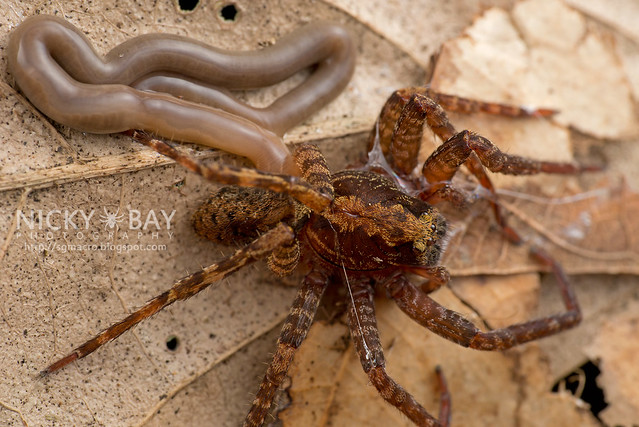
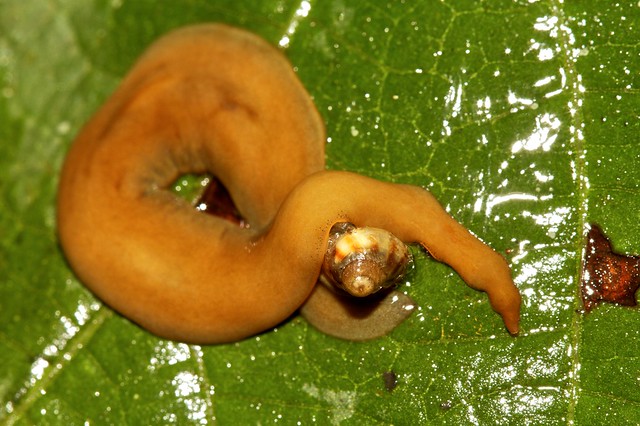


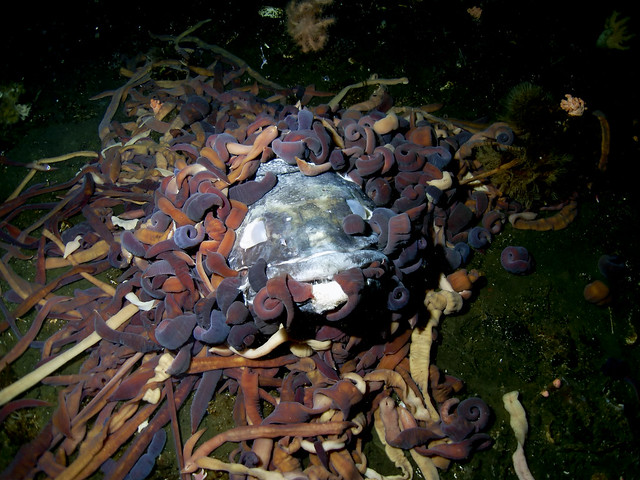
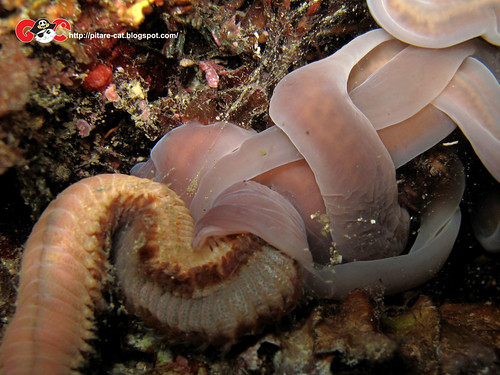


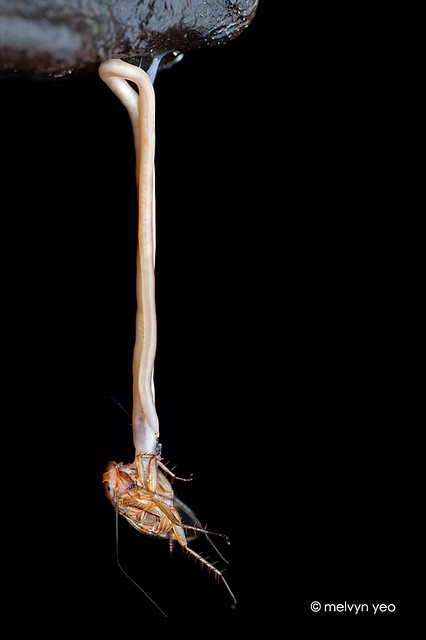

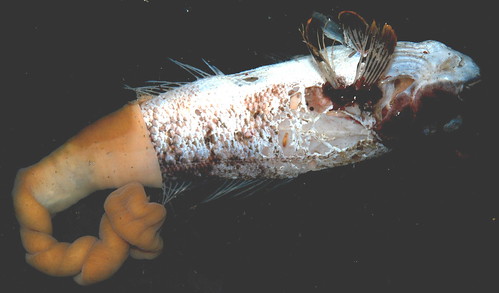
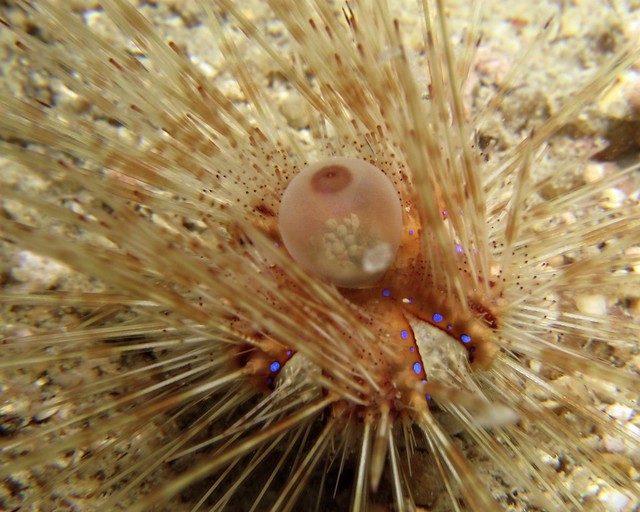


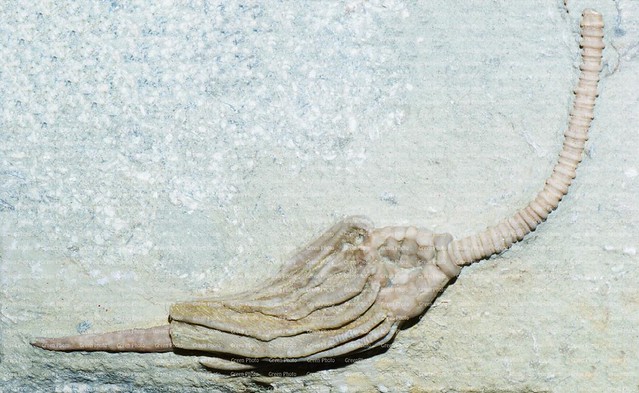












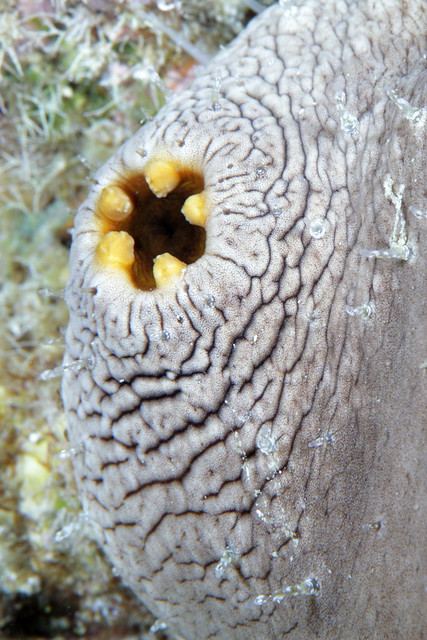

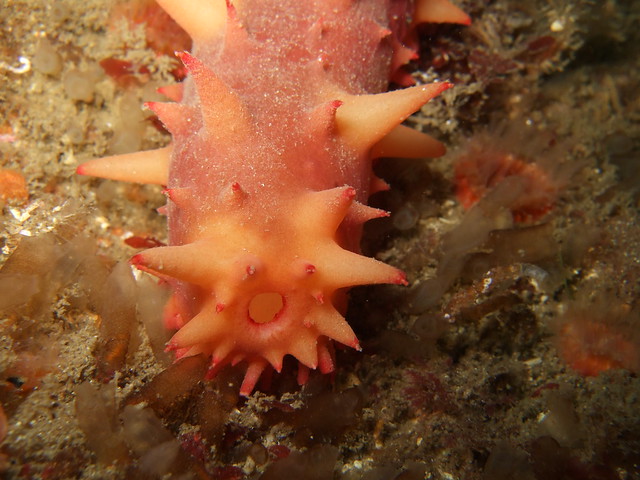








































































































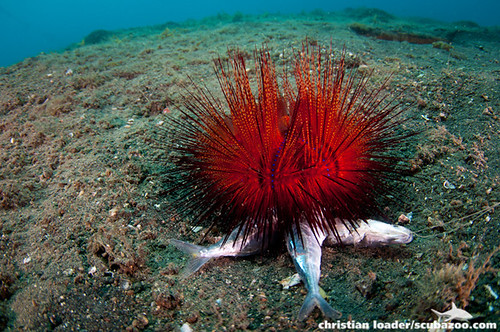
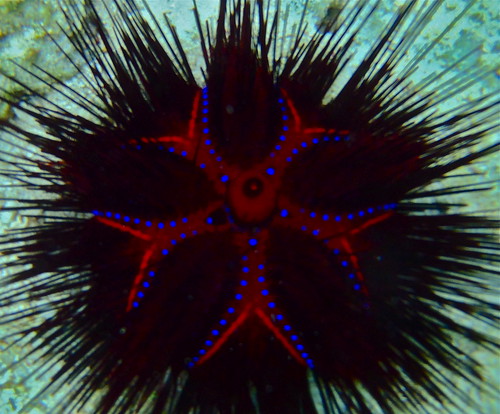
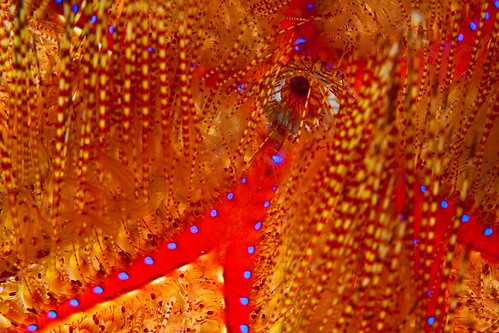
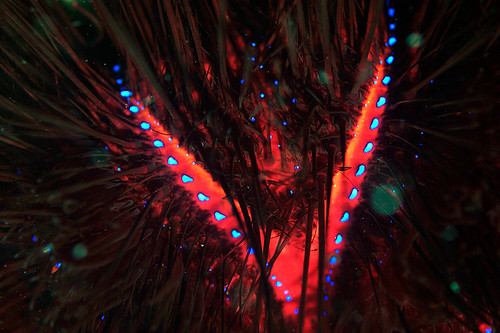
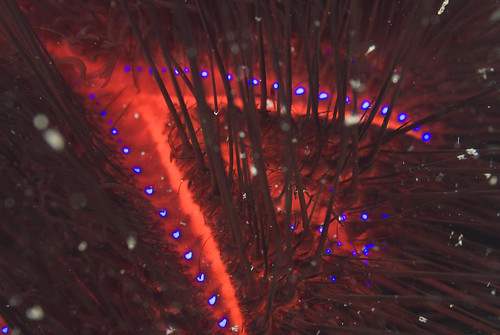
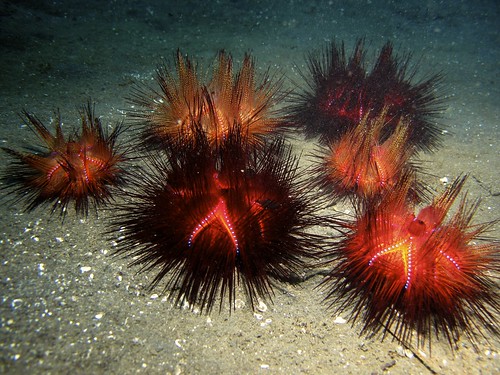
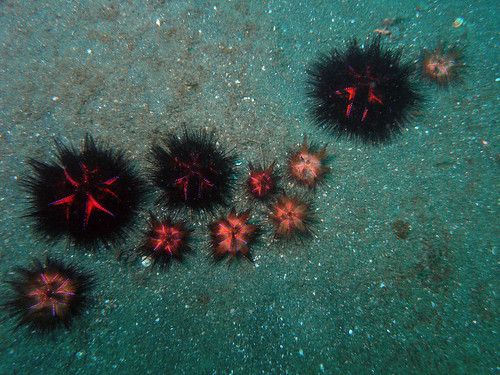

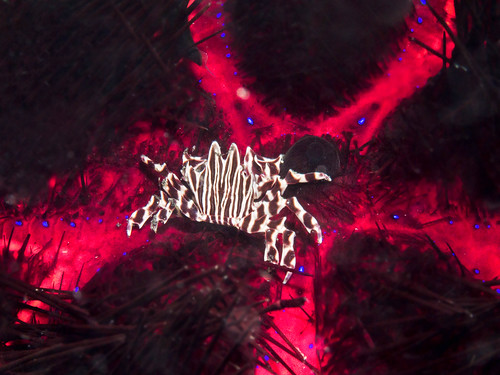
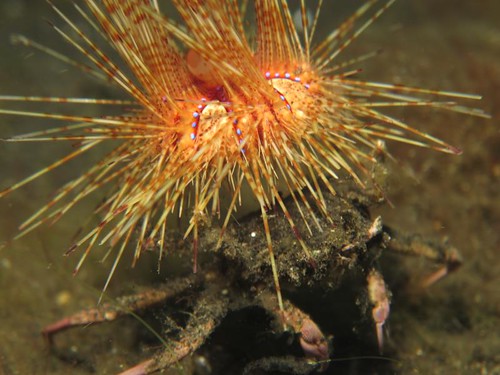
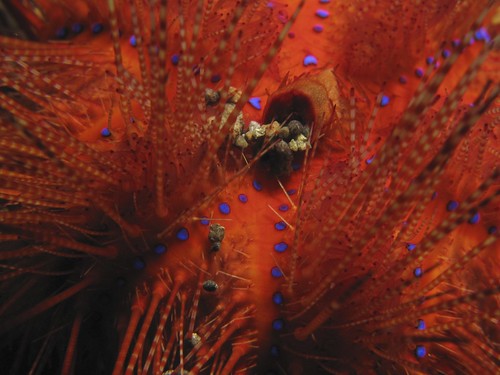

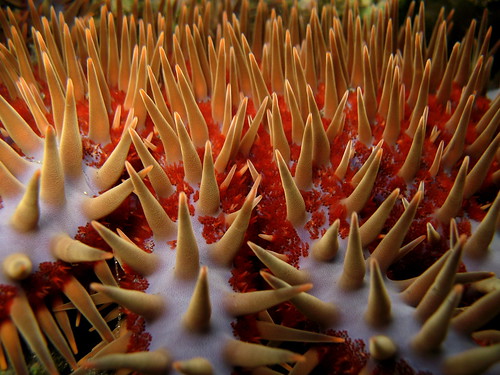




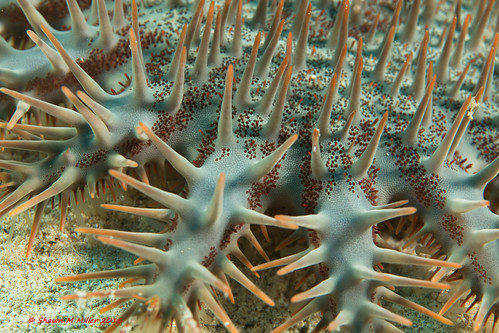
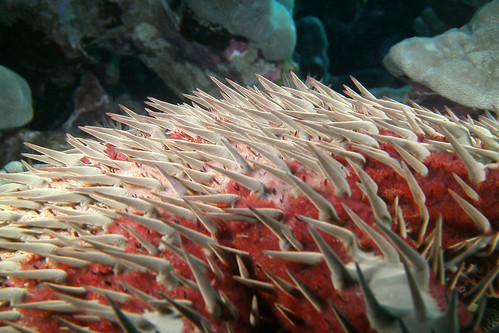
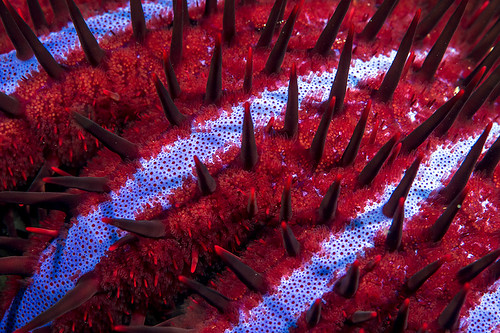
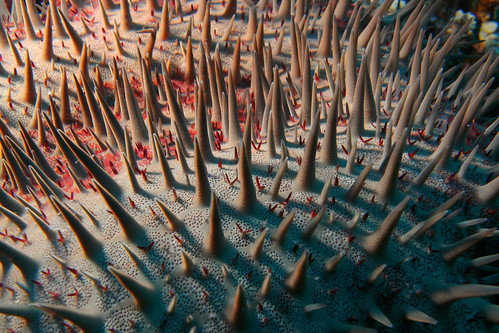
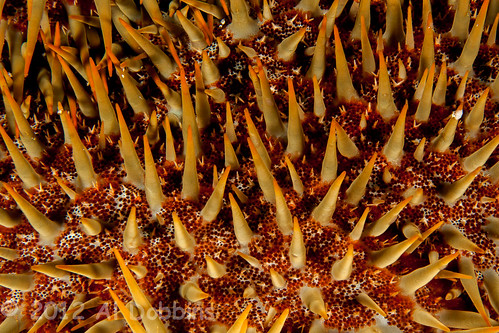



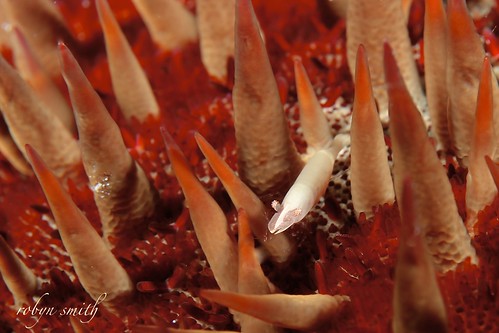
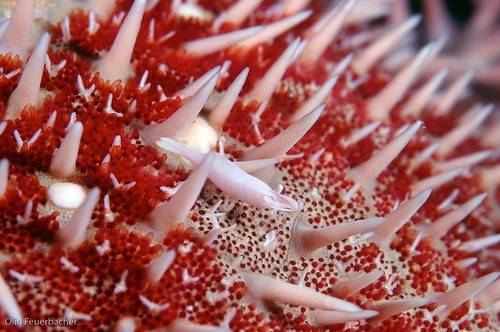

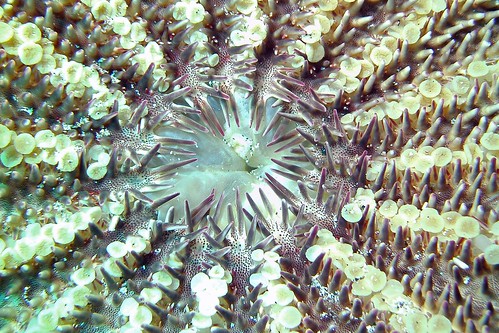
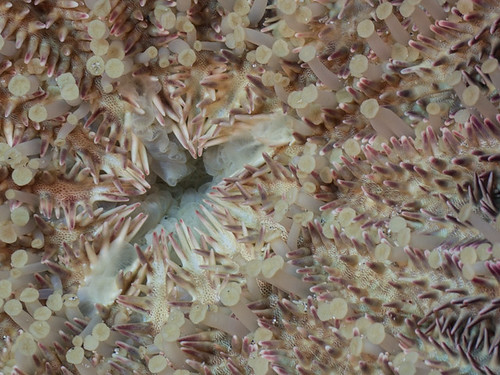











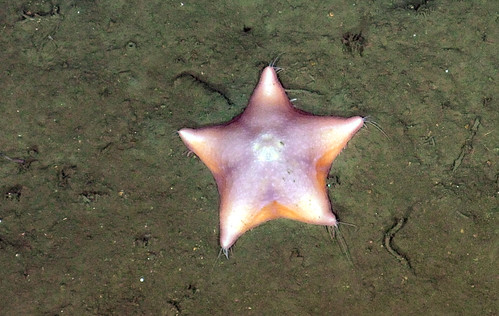




![Asteroidia | Asterinidae | Patiriella calcar [Variegated Sea Star] - Flat Rock, Ballina, NSW](http://c8.staticflickr.com/9/8605/15718261567_9f683ea3c3.jpg)
